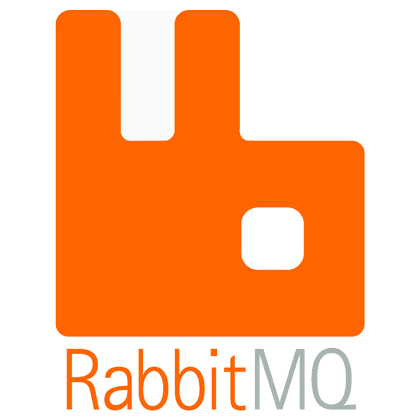RabbitMQ is a widely used message broker that supports reliable, asynchronous communication between microservices and applications. Whether you're building a task queue or a full-blown event-driven architecture, RabbitMQ integrates well with Spring Boot—and even better when paired with Docker.
This guide will walk you through setting up RabbitMQ using Docker and configuring it in a Spring Boot project using
application.yml. We'll cover both development and production setups, with production running in a Kubernetes cluster using environment variables.
Step 1: Why Use Docker for RabbitMQ?
Using Docker for RabbitMQ gives you a portable, isolated, and repeatable setup. You don’t need to install RabbitMQ on your local machine, and you can mirror your dev environment to staging or production easily.
Step 2: Run RabbitMQ in Docker for Development
To run RabbitMQ locally, you can use the official image with the management plugin for easy web UI access:
docker run -d --name rabbitmq-dev
\ -p 5672:5672 -p 15672:15672
\ rabbitmq:management
- Port
5672 is used for message communication.
- Port
15672 gives access to the management dashboard via browser.
Once the container is up, access the UI at:
http://localhost:15672
Default credentials:
- Username:
guest
- Password:
guest
Step 3: Add RabbitMQ Dependency to Spring Boot
In your
pom.xml, include the Spring Boot AMQP starter:
<dependency>
<groupId>org.springframework.boot</groupId>
<artifactId>spring-boot-starter-amqp</artifactId>
</dependency>
This brings in everything needed to connect to RabbitMQ using Spring’s messaging abstraction.
Step 4: Configure application-dev.yml
For development, set up the
application-dev.yml file to connect to your local RabbitMQ Docker container:
spring:
rabbitmq:
host: localhost
port: 5672
username: guest
password: guest
This configuration uses default settings that match the RabbitMQ Docker container we launched.
To run the app using this config, set:
SPRING_PROFILES_ACTIVE=dev
Spring Boot will pick up the
application-dev.yml file.
Step 5: Set Up RabbitMQ for Production in Kubernetes
When deploying to Kubernetes, hardcoding sensitive values is a no-go. Instead, use ConfigMaps and environment variables to manage configuration externally.
Step 5.1: Create a ConfigMap for RabbitMQ Connection
Here’s an example
ConfigMap for RabbitMQ details:
apiVersion: v1
kind: ConfigMap
metadata:
name: rabbitmq-config
namespace: your-namespace
data:
rabbitmq_host: rabbitmq-service
rabbitmq_port: "5672"
rabbitmq_user: your-username
rabbitmq_pass: your-password
Use a Secret for passwords in secure setups.
Step 5.2: Pass ConfigMap Values into the Deployment
Modify your Kubernetes deployment YAML to use these values:
containers:
- name: your-app
image: your-app-image
env:
- name: RABBITMQ_HOST
valueFrom:
configMapKeyRef:
name: rabbitmq-config
key: rabbitmq_host
- name: RABBITMQ_PORT
valueFrom:
configMapKeyRef:
name: rabbitmq-config
key: rabbitmq_port
- name: RABBITMQ_USERNAME
valueFrom:
configMapKeyRef:
name: rabbitmq-config
key: rabbitmq_user
- name: RABBITMQ_PASSWORD
valueFrom:
configMapKeyRef:
name: rabbitmq-config
key: rabbitmq_pass
- name: SPRING_PROFILES_ACTIVE
value: prod
This setup injects all necessary values into your Spring Boot app as environment variables.
Step 6: Configure application-prod.yml
Create a production config file that uses placeholders to map environment variables:
spring:
rabbitmq:
host: ${RABBITMQ_HOST}
port: ${RABBITMQ_PORT}
username: ${RABBITMQ_USERNAME}
password: ${RABBITMQ_PASSWORD}
This lets Spring Boot load the RabbitMQ settings dynamically from the environment—ideal for Kubernetes deployments.
Step 7: Switch Between Profiles
To use different configs for development and production, Spring Boot makes it simple with profiles:
Spring automatically selects the correct
application-{profile}.yml file based on this value.







image quote pre code